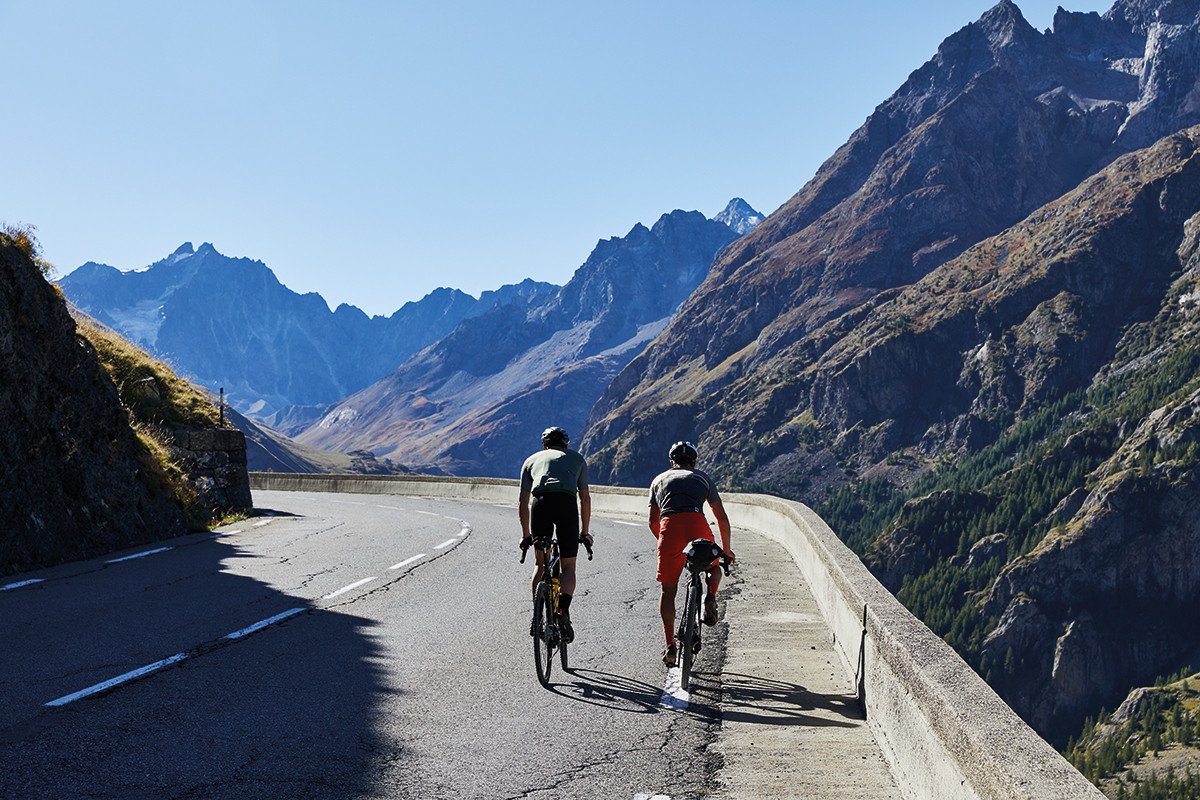Pasadena’s plan to reconfigure a Central Arroyo intersection has a group of cyclists concerned about safety and negative impacts on their ability to ride the Rose Bowl loop.
For six decades, avid cyclists have met in Pasadena regularly to ride as a group — known as the peloton — around the approximately 3-mile, nonstop path around the Rose Bowl that’s also used by walkers and joggers.
They meet Tuesdays and Thursdays after Daylight Saving Time begins and sometimes number more than 100 riders, some of whom are training for races. Others participate in the strenuous ride for more recreational reasons.
City officials and cyclists agree that the peloton, which can travel at speeds exceeding 20 mph, can present safety concerns given how many other pedestrians and motorists use the thoroughfare. But negotiations between the two sides resulted in a stalemate — leading the city to move forward with its plan last week.
The move comes after years of tensions between the cyclists and City Hall.
Changes at the intersection
As before, motorists and cyclists traveling east on Seco Street (away from the Rose Bowl) encounter a stop sign at the intersection with Rosemont Avenue. Previously, traffic taking a right turn could avoid the stop sign by using a yielding lane. Now that lane is closed off to motor vehicles after the city placed long, skinny traffic cones in the way.
This allows cyclists to travel though, but at a reduced speed — meaning the peloton can’t complete its loops without breaking stride. Pedestrians can continue to use the adjacent walking path while cars need to come to a complete stop at the sign before taking a right turn.
“It eliminates a potential friction point between cars, bikes and pedestrians and will result in an overall reduction in speed,” city spokeswoman Lisa Derderian said in an email. “It takes all the cars out of the path of bikes and pedestrians to provide a safer environment.”
City Manager Steve Mermell noted in a report the new orientation will “preclude the streets surrounding the stadium from being one continuous loop in a clockwise direction for unpermitted activities which require high speed laps, without interruption, for large numbers of people traveling together.”
Some cyclists remain concerned about safety when navigating the intersection.
“Now I’m watching the cones so much that I can’t watch the pedestrians,” cyclist Chris Ziegler said. “(When I can watch them) in that fraction of a second, from the time they step out of that lane, I can yell for them to get out of the way.”
Safety, Take 2
The current orientation of the cones is different than the one laid out earlier this month in a plan presented to the City Council’s Public Safety Committee, which did not need to vote on the matter for city officials to move forward. Cyclist Lon Bender said it’s better, but still not ideal.
Peloton riders were greeted by city officials, including six motorcycle police officers, before their inaugural ride Tuesday. The cones had been set up as described in the plan. “For the first (loop), they took it very easy, threaded through single file,” Bender said. “Someone hit one of the cones.”
Transportation staff responded, moving the cones from about 5 feet to 8 feet apart, which allowed cyclists to travel two abreast at a reduced speed. Staff also rearranged the cones in such a way that made it safer for cyclists to enter the yielding lane, Bender said.
“I applaud them,” he said.
Derderian said staff will keep these modifications in mind as officials work to install more permanent, but movable, barriers.
Earlier, some had called to prohibit pelotons in the city altogether, according to a 2010 city report.
‘We were up to $500 per rider’
Ziegler and Bender had been meeting with city staff to respond to the city’s goal of improving safety near the city-owned Rose Bowl. The two men said the move was spurred by a lawsuit filed against the city over a pedestrian who was killed in a collision with a cyclist. Derderian said this is not the case. The details of the lawsuit are unclear.
Officials considered several options for reorienting the Rose Bowl loop, as outlined in a 2010 report. The option Ziegler preferred would be to limit motor-vehicle traffic to one-way, which he said would preserve safety for pedestrians and cyclists at the cost of slightly longer drive times for motorists.
City officials were not interested in that option though, Ziegler said.
The idea of the peloton being an organized event, rather than just an informal gathering of cyclists, was central to discussions at City Hall. City officials asked riders to acquire liability insurance, get permits and pay for traffic enforcement during rides — an impossibly costly proposition, Ziegler said.
“We were up to $500 per rider, per week,” he said.
Ideally, Ziegler said the issue should be studied by transportation researchers, such as those at UC Berkeley, but such requests carry more weight when a municipality, rather than a private individual like him, asks for it.
He said the health benefits of allowing what is one of Southern California’s more popular cycling spots to continue to operate at full-speed are large enough that the city ought to go back to the drawing board.













